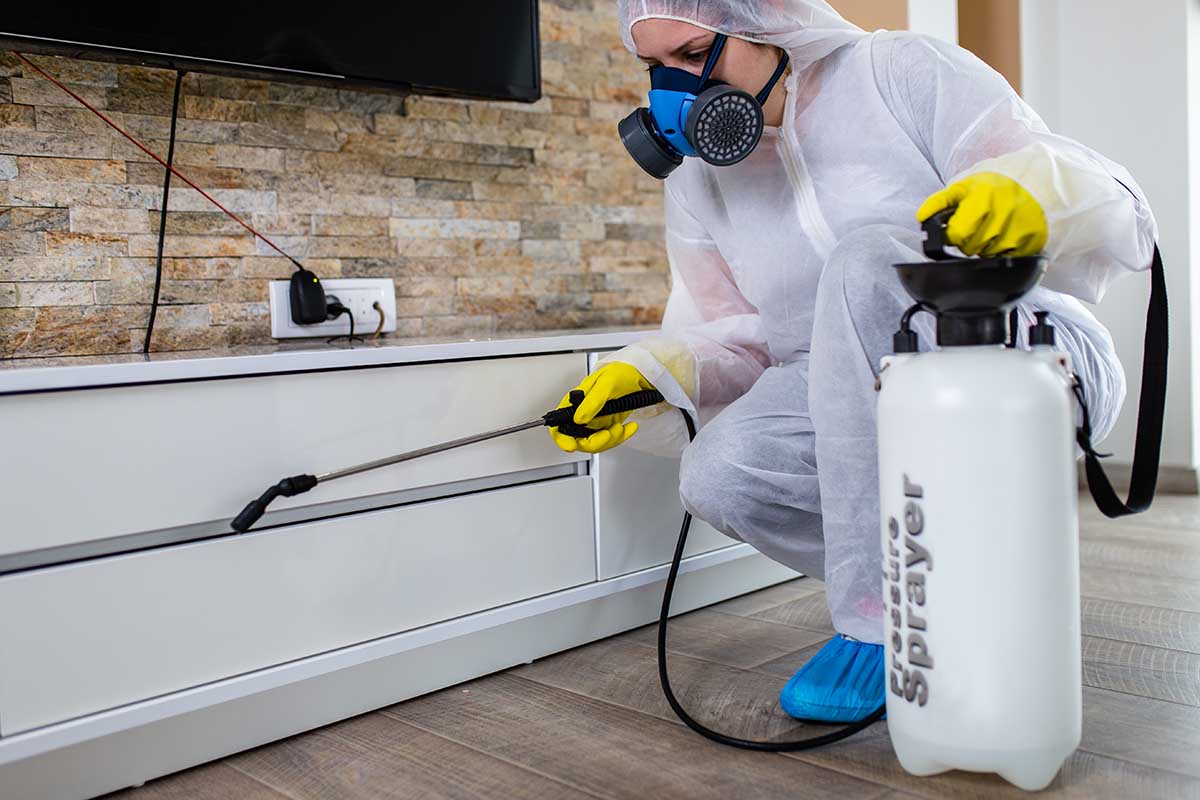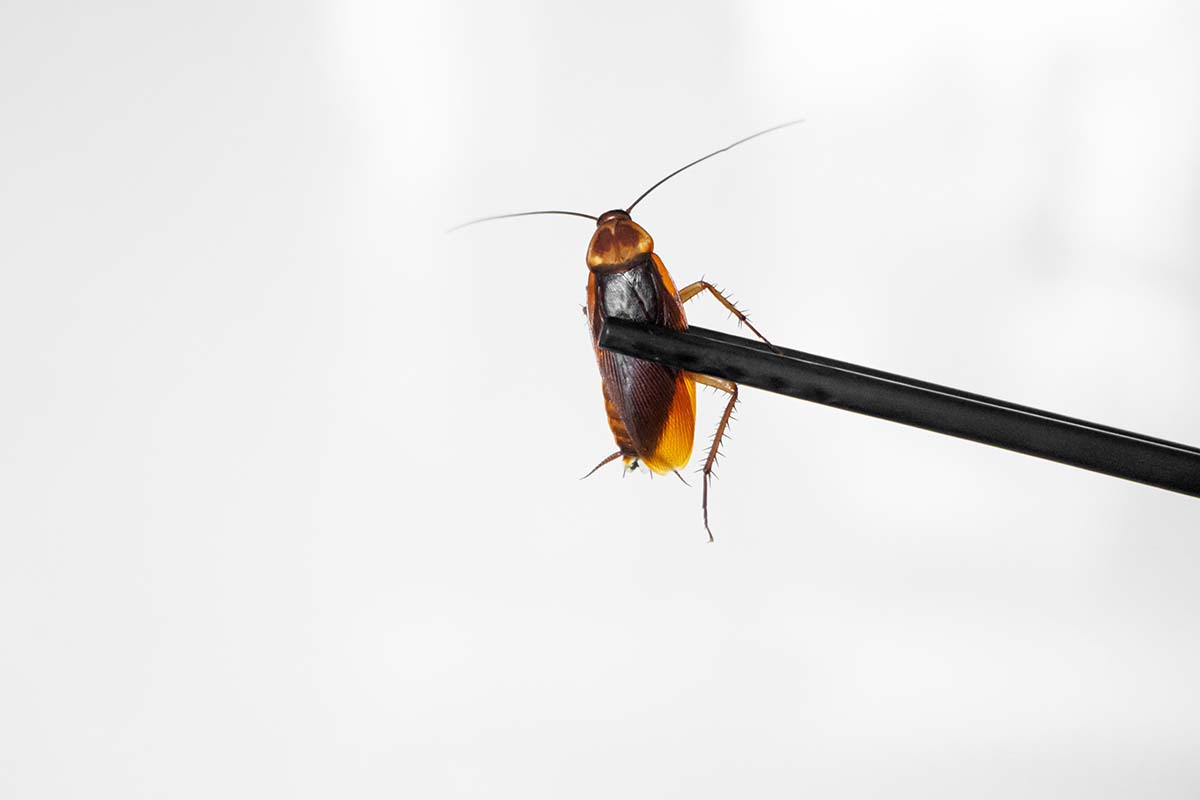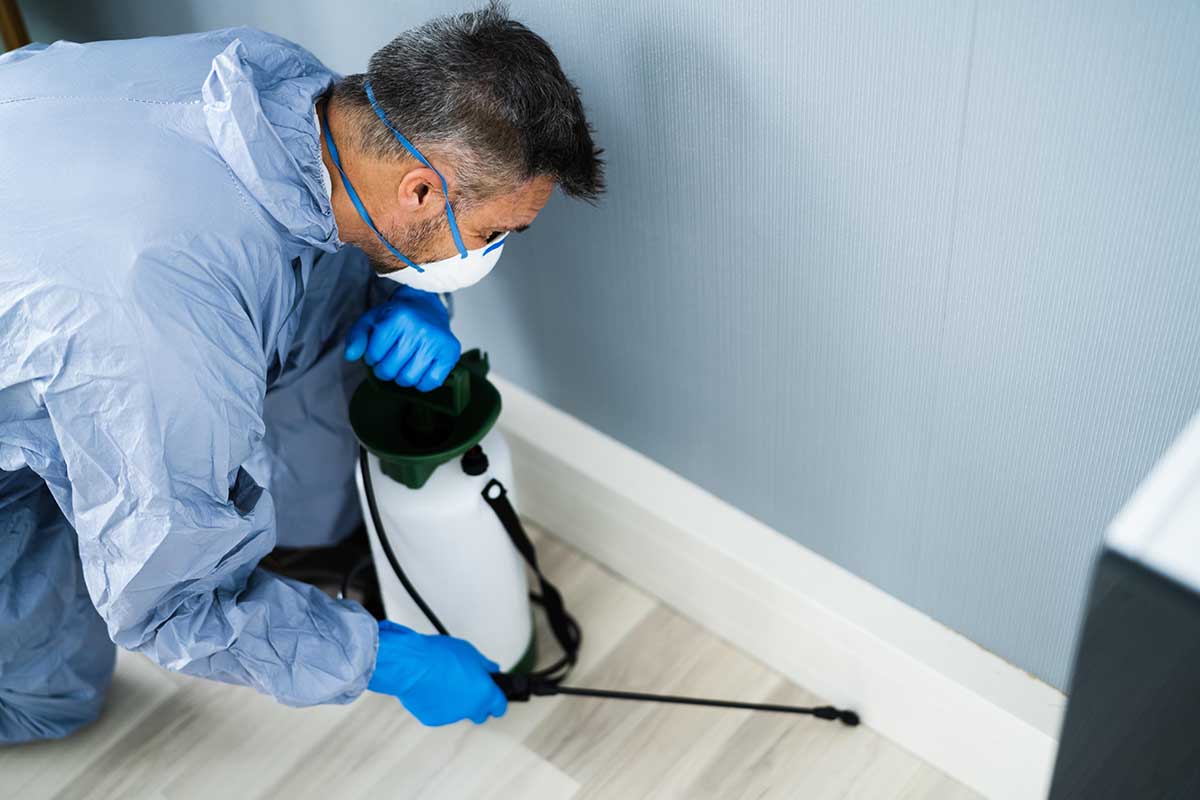How to Get Rid of Common Household Pests for Good
Key Points
Pests follow invisible cues, not just open gaps. Scent, warmth, and moisture attract them—cleaning and sealing entry points breaks the cycle.
Early signs are subtle, not obvious. Listen, observe, and act on whispers like odd smells, tiny droppings, or unusual pet behavior before infestations grow.
Pest control is about strategy, not brute force. Layered methods, smart prevention, and understanding pest behavior win over random spraying.
Dealing with creepy crawlies in your home? You’re not alone.
From ants in the kitchen to mice in the attic, household pests can be a real headache.
In this guide to pest control, we’ll walk you through the most common intruders and give you practical tips on how to kick them out, for good.
How Common Home Pests Get Inside and Why They Stay
The usual suspects, ants, cockroaches, spiders, mice, and termites, aren’t random intruders.
They’re opportunists, responding to the micro-signals your home gives off: warmth, moisture, carbon dioxide, fermented sugars, and even the low hum of appliances.
What seems “clean” to us might still smell like a buffet in the insect world.
Each pest has its own playbook. Ants trace scent trails through foundation cracks or under door sweeps.
Roaches flock to warm, damp crevices, especially under fridges and dishwashers, and often hitchhike in groceries or second-hand goods.
Mice follow heat gradients and squeeze through holes the size of a dime, often near utility lines. Termites silently tunnel in from underground, slipping in through mud tubes or where wood meets soil.
But here’s the twist: it’s not just about holes in your walls. Pests follow invisible cues most homeowners don’t even know they’re emitting.
Scent, vibration, humidity, these are what truly attract invaders.
Mechanical gaps let them in, but microclimates and overlooked residues are what draw them close in the first place.
Think of your home like a fortress. Every leak, leftover scent, or structural gap is a potential weak spot, and pests are always testing for ways in.
Early Signs That Point to Problems with Common Pests
The earliest signs of infestation rarely scream for attention, they whisper. A few droppings behind the stove.
Faint scratching at night.
Grease smudges on baseboards. A sour or musty odor in the pantry. Even spiders setting up shop in corners can hint at a thriving buffet of other insects nearby.
By the time you spot a roach or rodent, the real activity is already in motion behind the scenes. Ant trails, bubbling paint, discarded termite wings, they’re not just clues, they’re chapters in an unfolding story.
And not all signs are visual. Maybe your cat’s been staring at the same wall corner at 2 a.m., tracking subtle movements you can’t hear.
Maybe you’ve noticed a shift in airflow near a vent, a sign of nesting.
Or found what looks like gritty “coffee grounds” in drawers, possible termite frass.
The key is pattern recognition. A proactive homeowner doesn’t need to obsess, just tune in.
Train your senses like a detective: observe, sniff, listen. Behind every odd smear or odd smell might be the early whisper of an infestation. Catch it there, and you stay in control.
The Risks Associated with Different Types of Common Pests
Not all pests bring the same kind of trouble, their risks fall into three layers: immediate, systemic, and invisible.
Immediate threats include rodents and roaches, disease carriers that can contaminate food and trigger asthma in a single night, especially in children.
Systemic threats come from pests like termites, silent destroyers that hollow out your home’s structure, often undetected until the damage is five figures deep.
Invisible threats are the ones no one warns you about: the mental load.
Even non-dangerous pests like silverfish or stink bugs can create background stress, disrupt sleep, and chip away at your sense of safety.
And then there are the gray-zone pests. Pantry moths and stink bugs might not wreck your health or home, but they erode your comfort.
Spiders?
Most are harmless, but a few (like black widows) can deliver serious bites.
Pest control isn’t just about extermination, it’s about risk management for your home ecosystem.
The more precisely you understand what’s at stake, the better you can respond, not just with traps or sprays, but with real peace of mind.
How Clean Habits and Repairs Help with Everyday Pest Control
Cleanliness doesn’t chase pests away, it starves their logic.
Pests are opportunists, constantly scanning for food, water, and shelter. If your home offers none, they move on. It’s not just about being tidy, it’s about cutting off their incentives.
Think in terms of survival cues. A single drop of grease behind the stove can feed a cockroach nymph for a week. A stray cereal piece under the couch? Ant goldmine. Even a leaky faucet or damp crawlspace is a hydration hub for roaches and rodents. Gaps under siding, torn screens, or cluttered corners create ideal nesting zones.
Combine cleaning with structural maintenance, seal cracks, fix leaks, improve drainage, and you’re not just reacting to pests, you’re actively evicting them before they arrive. A clean, sealed home doesn’t just look good.
✅It broadcasts a message: There’s nothing here for you.
Effective Indoor Pest Treatment Methods for Common Home Pests
Effective indoor pest control isn’t about brute force, it’s about outsmarting the enemy.
Foggers and sprays may feel satisfying, but they usually just scatter pests, driving them deeper into walls. Real results come from precision tools paired with environmental resets.
Baits work by exploiting behavior, ants and roaches carry poison back to the colony, triggering slow, systemic collapse. Insect growth regulators (IGRs) disrupt reproductive cycles, stopping infestations before they grow.
Dusts like diatomaceous earth are perfect for tucked-away spots like wall voids where silverfish and spiders lurk.
But none of these tactics matter if food and water are still available.
The real pros think like hunters: they watch where pests pause, feed, or travel, and target those exact spots. Don’t randomly spray baseboards. Place bait where it matters.
And if you’re dealing with multiple pests? Sequence your strategy. Eliminate the food-source pests (like ants) before tackling secondary invaders (like spiders), who follow the buffet.
This isn’t just pest control. It’s ecosystem disruption, with a plan.
Outdoor Fixes That Support Indoor Pest Control
What happens outside doesn’t stay outside. Overgrown shrubs, clogged gutters, and damp mulch near your foundation create the perfect launchpad for pests looking to migrate indoors.
But true outdoor pest control goes way beyond spraying the perimeter, it’s about managing your home’s microclimate.
Got shaded moisture zones from over-irrigation? That’s prime real estate for mosquitoes and roaches. Lights near your doors?
Those attract moths, which attract spiders. The solution isn’t just chemicals; it’s design-smart prevention.
Prune vegetation to eliminate hiding spots. Swap mulch for gravel near the foundation to keep things dry. Create physical “dead zones” that pests don’t want to cross.
Think of it as a push-pull strategy: repel and block from the outside, eliminate and sanitize from the inside.
When done right, outdoor management becomes your most effective, passive layer of defense, keeping infestations from starting in the first place.
When DIY Pest Treatment Works, and When to Call a Pro
DIY works, until it doesn’t. Spot-treating a trail of ants or a few pantry moths? Go for it. But when infestations become persistent, multi-room, or involve structural threats like termites, rodents, or wasps, it’s time to escalate.
Here’s the red flag: if your treatments feel like you’re just hitting reset every two weeks, you’re not solving the problem, you’re suppressing it.
Professionals don’t just bring stronger products, they bring sharper vision.
Thermal cameras for nests. Moisture meters for termites. UV lights for rodent trails. They identify entry points, breeding grounds, and hidden colonies that DIY usually misses.
If your pest control feels like whack-a-mole, call someone who plays chess. This isn’t about overreacting, it’s about knowing when an issue stops being a project and starts being an incursion.
Products and Tools Often Used for Home Pest Control
Modern pest control isn’t about using more product, it’s about using the right tools, in the right way.
The best strategies rely on a precise, layered mix of approaches that blend chemistry, behavior science, and tech.
Gel baits use slow-acting poisons that pests carry back to the colony, enabling deep infiltration.
Insect growth regulators halt reproduction by disrupting life cycles. Desiccant dusts, like diatomaceous earth, physically dehydrate pests, no chemicals involved.
Botanical and essential oil-based sprays work as irritants, driving pests into traps or treated zones, not just repelling them.
Rodent control is about engineering, not poison, snap traps, bait stations, and exclusion work form the core approach.
Professionals may also use advanced delivery systems, like microencapsulated formulas that stick to pests and release over time, boosting efficacy without drenching your space in chemicals.
The result? Less disruption. More control. Smarter outcomes. It’s not about hitting harder, it’s about hitting precisely.
Long-Term Strategies to Keep Common Pests Out for Good
Pest prevention is less about reaction, and more about design. The goal? Make your home boring to bugs and rodents.
That means blocking access, removing incentives, and staying ahead of seasonal patterns.
Think like a pest architect. If you were a mouse or an ant, where would you go?
Seal wall penetrations with copper mesh (not just caulk), install kick plates on screen doors, cap the chimney, and upgrade door sweeps.
Clean under appliances, rotate pantry items, and vacuum shelves regularly.
Even a single crumb or moisture pocket can invite trouble.
Prevention thrives on rhythm. Treat your perimeter before spring blooms. Check attic and crawlspaces in summer.
Clear leaves in fall. Seal gaps before winter. Better yet, schedule quarterly “pest audits”, the same way you’d check HVAC filters or smoke alarms.
The payoff? Fewer infestations, fewer surprises, and long-term peace of mind. Pest control isn’t about constant combat, it’s about building a home they don’t want to enter in the first place.





















